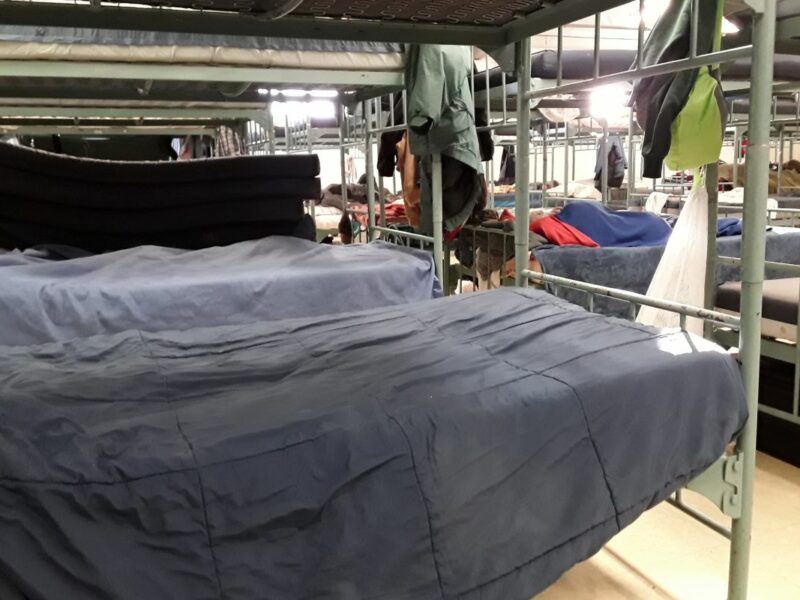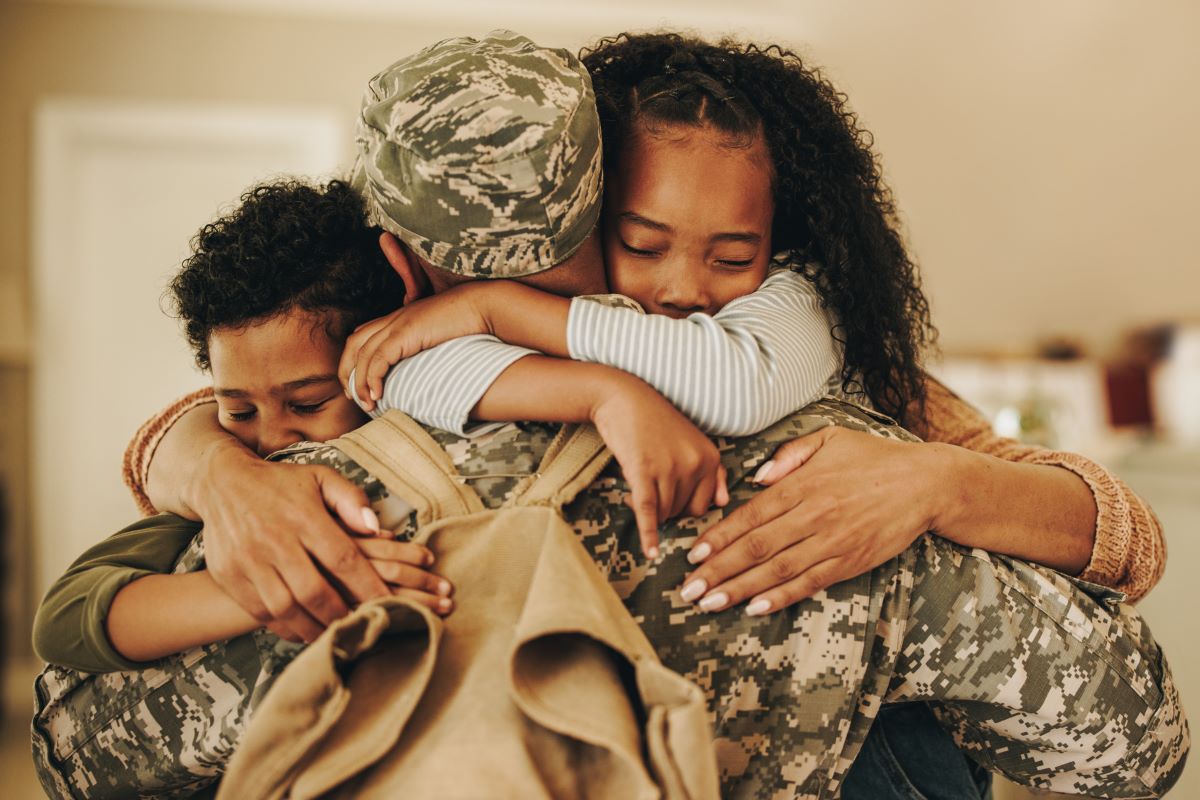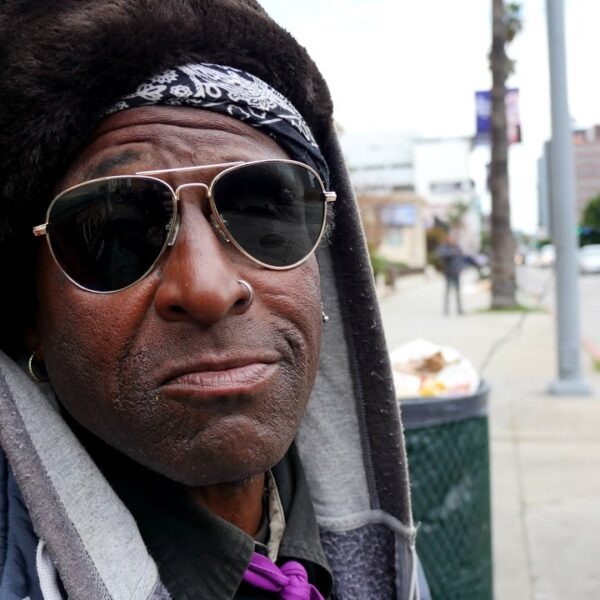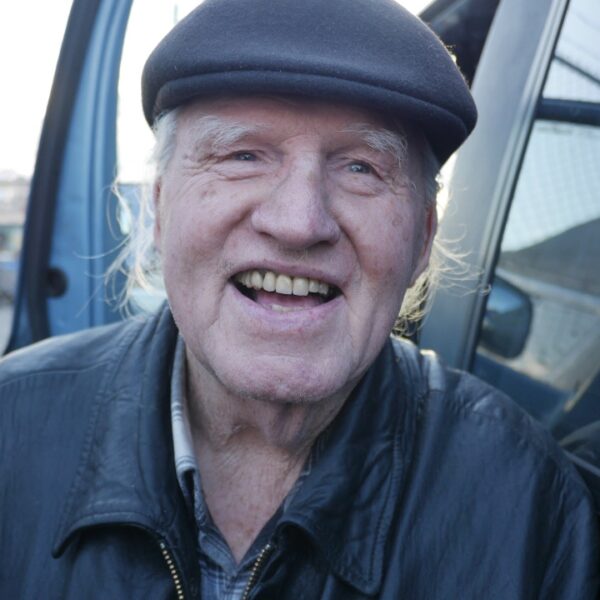Signing up for the US military is a gamble laden with risks. Depending on how a soldier fares in war, they could return home to many opportunities ranging from education to housing to employment, giving them an edge over non-military status residents. On the other hand, they could return home to no home at all.
A new study delves deep into the peculiarity of this matter and finds that this mainly depends on two factors: Disability status and age.
According to the latest research, if a US soldier returns home uninjured and in a relatively stable mental health condition, they are statistically more likely to purchase a home than the average American worker.
There is, however, a catch.
If they do happen to become physically or mentally injured, they are then 50% more likely than the average non-veteran American to fall directly into homelessness. United States military veterans are also much more likely to endure unsheltered homelessness, the kind of homelessness where one is forced to live outdoors or in places unfit for human habitation.
Unsheltered homelessness is arguably the most torturous type of all. Talk about a gamble where the house wins.
The Paradox of Veteran Status: More Likely to Own Homes, More Likely to Become Homeless
A recent report by the Rand Corporation reveals the paradoxical nature of serving in the US military. According to the findings, an astonishing 80% of all US veterans are homeowners, dwarfing the percentage of non-veterans who are homeowners by a noteworthy 20%.
Put simply, 60% of non-military veterans in the United States are homeowners, while 80% of veterans own their homes. On the surface, this might sound like good news, but as with most topics involving homelessness and housing, things are a little bit more complicated than they appear.
Younger Veterans Face More Obstacles to Home Ownership and Struggle with Housing Cost Burden
Housing cost burden (HCB for short) is defined as spending more than 30% of one’s annual household income on housing. HCB affects veterans and non-veterans alike. It also affects them differently, depending on their respective ages.
This report shows that homeownership amongst veterans was once a very promising pursuit. Pre-2001 soldiers would return home from their tours touting statistically higher incomes than their non-veteran counterparts. Then, if they were of sound body and mind, they could reap the benefits of lower housing prices given to them due to their veteran status.
In this pre-2001 atmosphere, homeownership was only out of reach for veterans who were physically or mentally debilitated. This was still a sizable portion of the veteran population. But the future looked bright for the soldiers who returned in relatively decent health.
This is no longer the case.
Former soldiers who served post-9/11, meaning from 2001 and on, are experiencing housing cost burdens at roughly the same rates as non-veterans, and these rates have reached record-breaking highs.
All of the privileges that once surrounded military service have disappeared as both parties (veteran and non-veteran) are being priced out of homeownership altogether.
With the median American home price teetering dangerously close to half a million dollars, many post-9/11 veterans are renters. As such, we could see a massive shift in this homeownership data over the next two decades as this unsettling trend is projected to worsen and continue.
Post-2001 Veterans Face Unfathomable Odds of Falling into Homelessness Due to an Increased Risk of Housing Instability
The post ’01 era offers all of the same risks of housing instability for veterans who return home with physical or mental disabilities. What it does not offer is the same level of rewards. To quote the report authors directly, “Income growth among non-veterans has outpaced veteran income growth and reduced the differences over the past several years.”
Today’s soldiers will offer their bodies in combat, their minds in solidarity, their limbs, and their lives in exchange for freedoms they likely won’t get to enjoy. This is particularly the case for female veterans, black veterans, and veterans who are lifelong renters.
Returning home from a war is a battle in itself, but at least it used to mean you were returning to a home. In this economic climate, it’s not even worth the gamble.
Talk to Your Legislators About Protecting Soldiers and all Citizens from Homelessness
The USA is in a perpetual state of war. So then, why are its soldiers dying on the very streets they once vowed to protect? With violent conflicts taking place in virtually every corner of the globe, the least we can offer our veterans is a safe, permanent place to sleep when they get back from the battlefield.
Physical ailments and emotional disabilities are the scars of their service, so why would we further punish them by denying their most basic right of all – the right to housing? Please call upon your legislators to remove the risk of homelessness from our veterans by making housing a human right for everyone.













